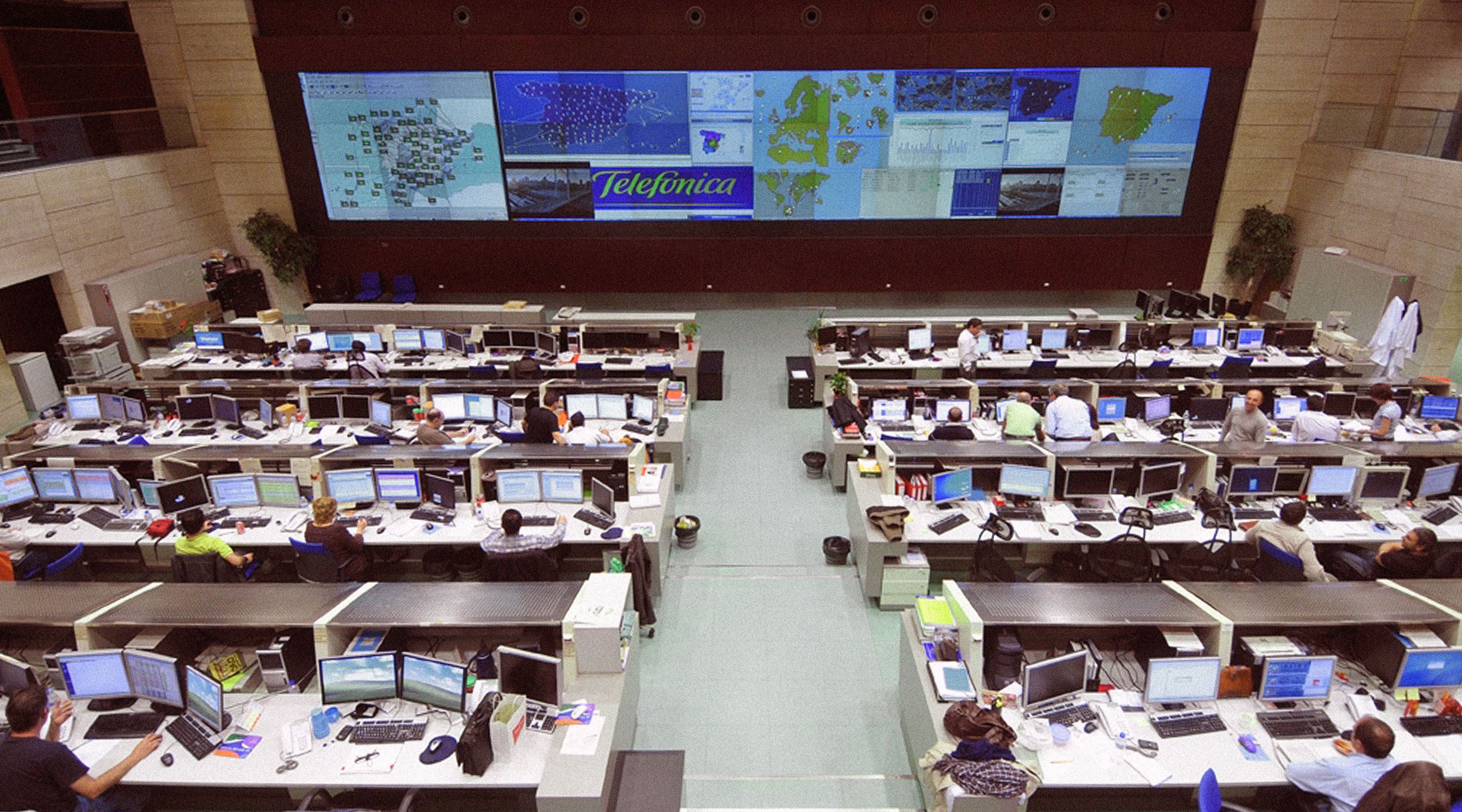
1997
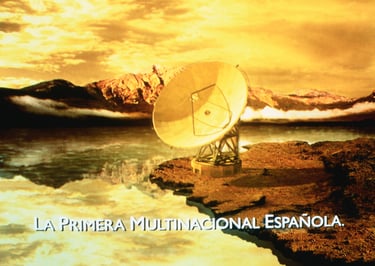
In line with the European trend and after years of preparing for it, Telefónica becomes a 100% private company, customer and shareholder focused and ready for a market open to competition.
A 100% privately owned company
01
Telefónica becomes a fully private company and prepares to operate in a market open to competition for all services, including fixed-line telephony. The success of the privatisation, in which 191 billion shares are placed, far exceeds the most optimistic forecasts. Demand for shares exceeds supply by 5.4 times and Telefónica consolidates its position as the benchmark Spanish stock on international markets. It was the largest transaction in the history of the Spanish stock market so far. At the end of that year, Telefónica was the leading Spanish company in terms of turnover and profits.
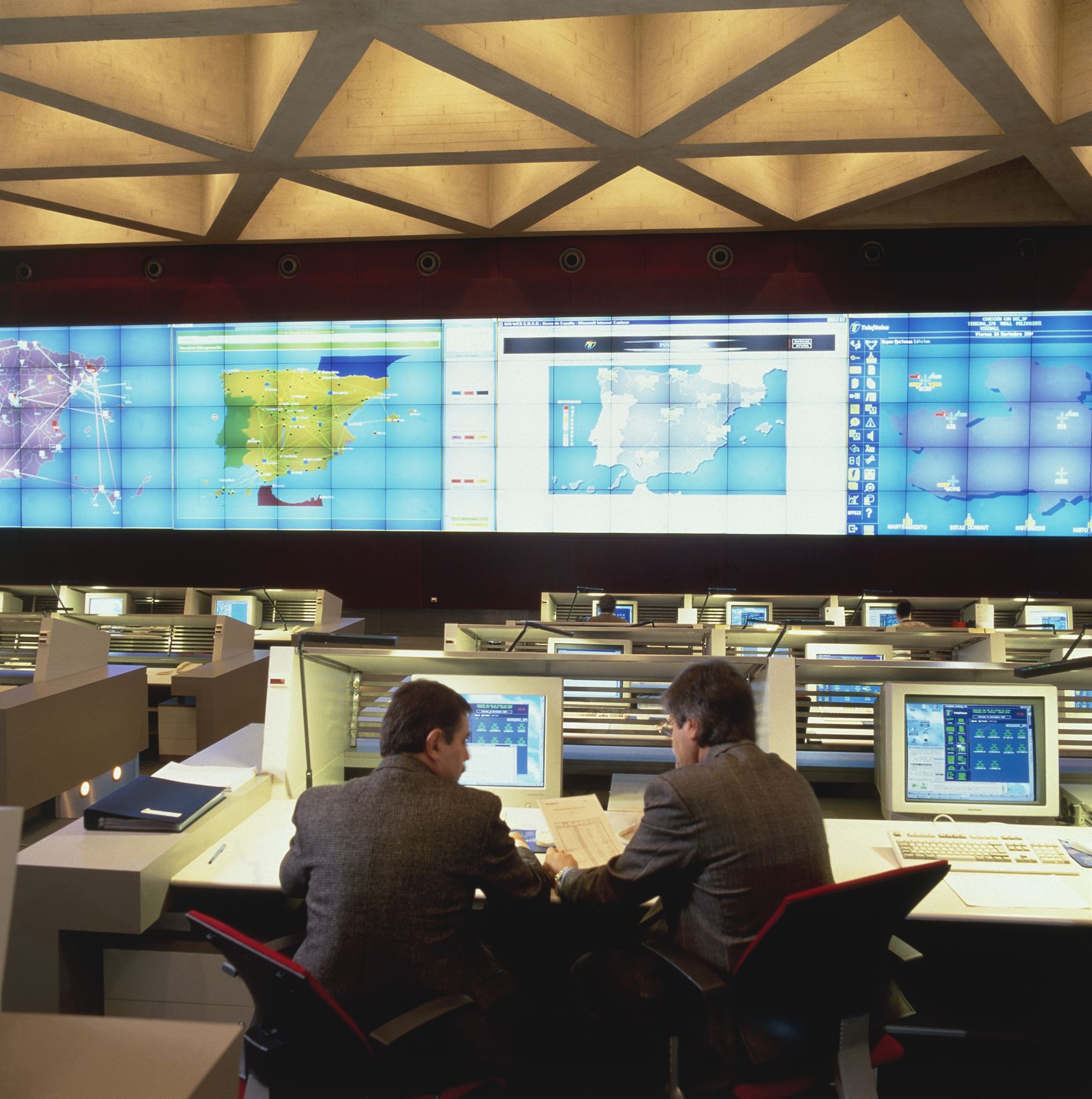
The heart of the network
02
The network operates 24 hours a day, 365 days a year, monitors the functions of the entire "organism" and alerts immediately when something is wrong. In 1997 Telefónica opens the real heart of its network, the National Operations Supervision Centre, the CNSO, located in Aravaca, Madrid. From there, 1,200 professionals working in three shifts supervise all elements of the network. They can repair remotely or send a team to where it is needed. It is one of the most advanced control centres in the world, and its huge monitoring rooms, with screens the size of a wall, were reminiscent of NASA in the movies.
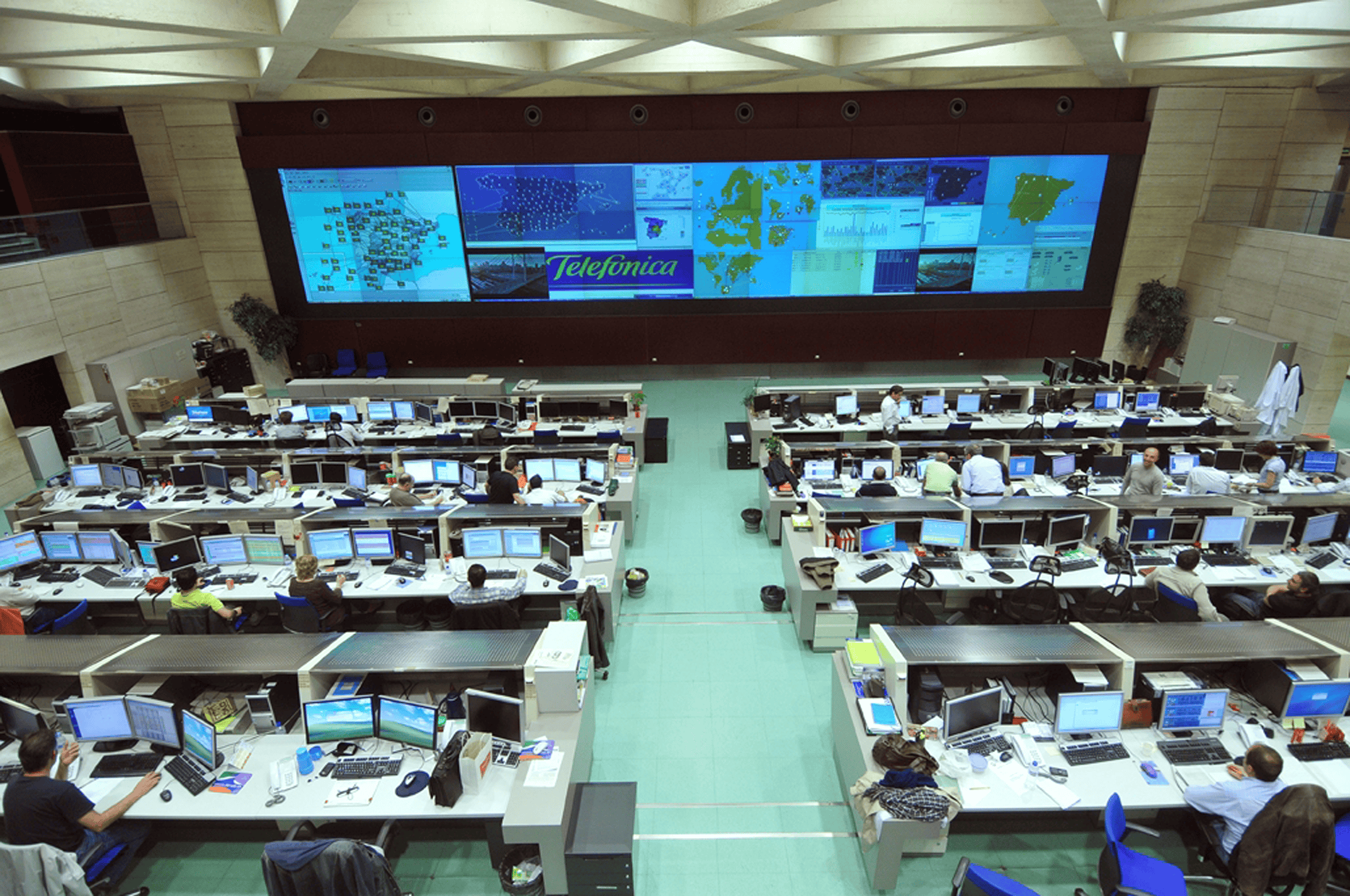
Telefónica enters the content business
03
During the presidency of Juan Villalonga, Telefónica begins to approach the audiovisual market, first through the distribution of satellite television services to end customers via Hispasat, and later with the creation of content. Vía Digital is launched with the backing of RTVE, Antena 3 and Mexico's Televisa, and later Telefónica Media is created, a subsidiary dedicated to integrating all media holdings, from the Dutch production company Endemol to Antena 3 itself, Onda Cero and the film production company Lola Films.
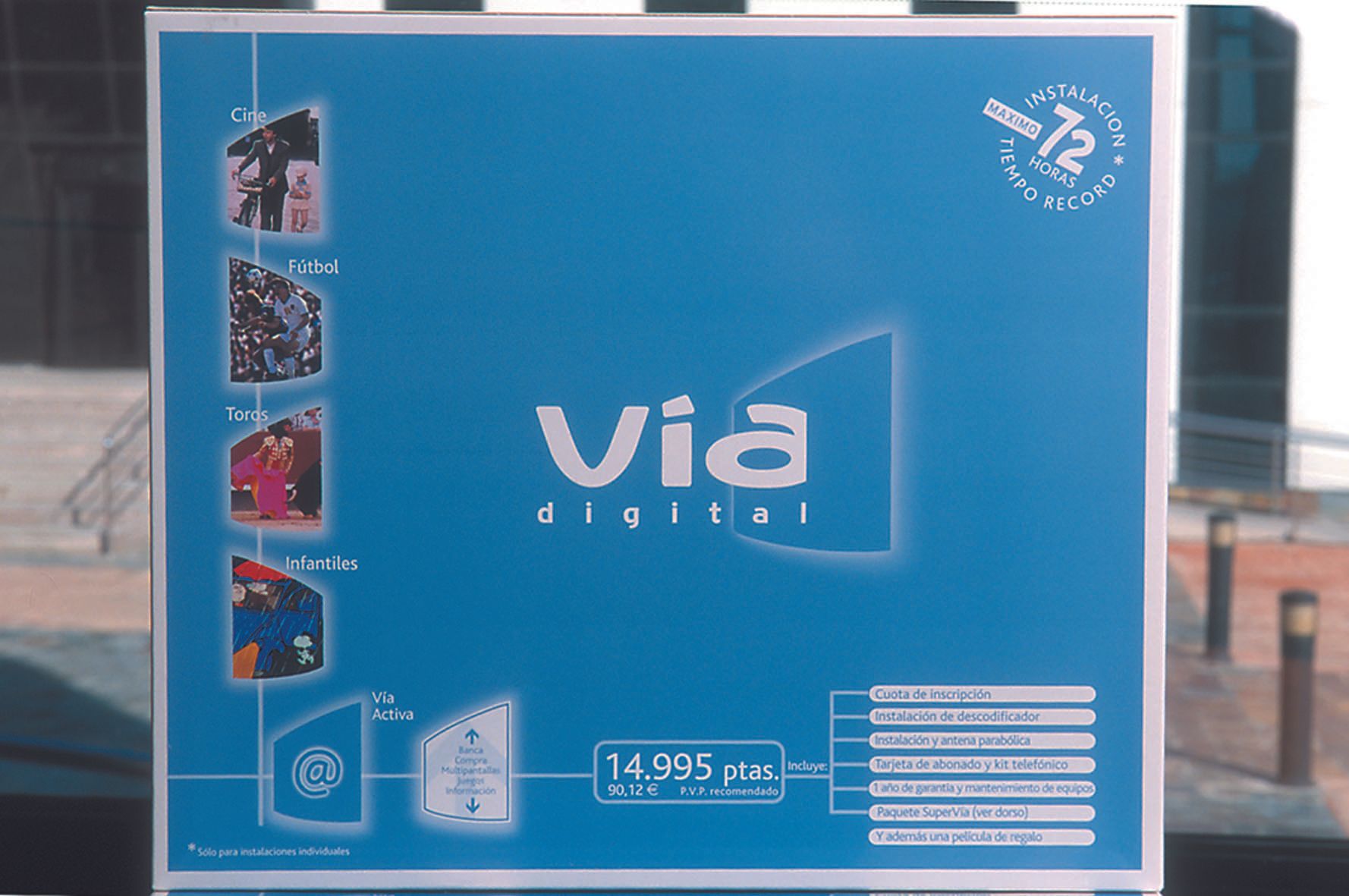
Do you have doubts about what happened?
Ask Aura